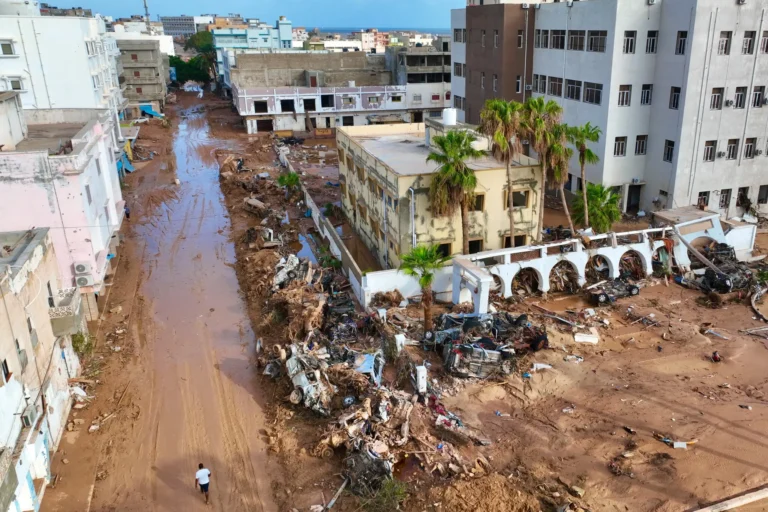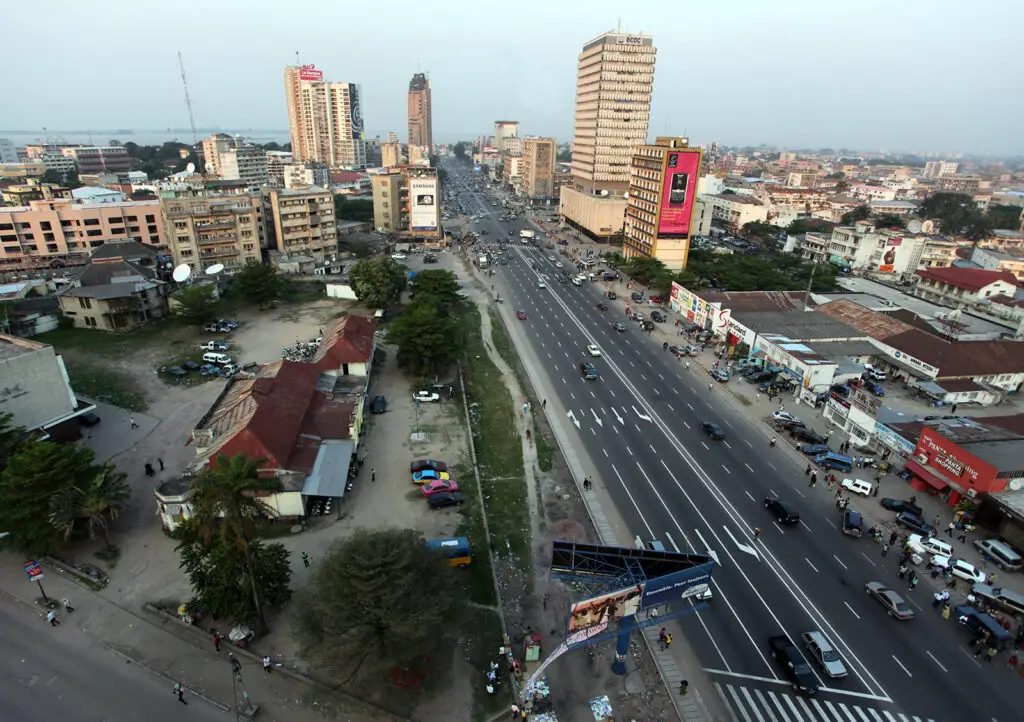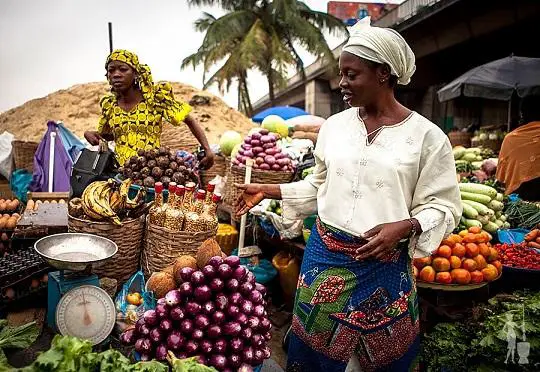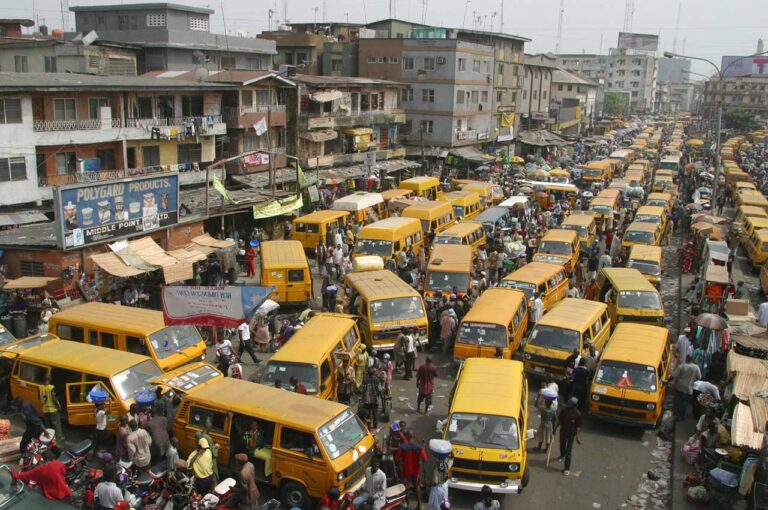- Africa’s BPO industry enters AI era with 40% of tasks at risk by 2030
- Trump tariffs sting set to ruffle several economies in Africa
- Africa Energy Bank secures key backing from Nigeria, Angola and Ghana
- AIM Congress 2025 gets a boost as International Development Bank signs on as gold sponsor
- African energy: Opportunities and challenges presented by Russia’s investments
- Africa’s smart farming push—a revolution or a mirage?
- BRICS summit in Brazil to focus on global governance reform
- Dedollarization: BRICS take on Trump and mighty dollar
Browsing: North Africa
- North Africa already has the requisite abundant natural resources and developing infrastructure to support a massive expansion in green hydrogen production.
- The region boasts some of the highest solar irradiation levels globally, making it an ideal location for solar-powered hydrogen production.
- Countries like Morocco and Egypt have already initiated projects like the Noor Ouarzazate Solar Thermal Complex and the Benban Solar Complex, respectively, which could serve as the backbone for the industry.
While much of our attention at the African Energy Chamber (AEC) concentrates on efforts to industrialize the sub-Saharan regions, as covered in our recently released 2025 Outlook Report, The State of African Energy, the more developed North African nations have seen recent progress in the renewables field, in green hydrogen specifically, that deserves our recognition.
Many are likely unfamiliar with the technology behind the production of this fuel source, and the subject requires at least a brief explanation.…
- Remittance inflows amounted to $385.9 million in February, compared to $309.2 million in February 2023, an increase of 24.8 per cent.
- The cumulative inflows for the 12 months to February 2024 totaled $4.33 billion compared to $4.03 billion in a similar period in 2023, an increase of 7.5 per cent.
- The US remained the largest source of remittances to Kenya, accounting for 54 per cent in February 2024.
Remittances to Kenya continued on a growth trajectory in February, latest Central Bank of Kenya (CBK) data shows, as easing inflation in the United States saw the country maintain its position as the leading source of inflows.
This comes amid a positive projection for the year where World Bank has forecast a 2.5 per cent increase on inflows to Sub-Saharan Africa, with Nigeria, Ghana and Kenya as leading recipients in the continent.
Remittance inflows in Kenya amounted to $385.9 million in February, …
The eastern Libyan city of Derna has gone into mourning after catastrophic flooding that left about 10,000 people missing. Rescue teams have embarked on recovery efforts for the remains of loved ones as the scale of the disaster unfolds. Media reports say authorities estimate that close to 2,000 people have lost their lives in the Derna area alone.
The Libyan Government of National Unity (GNU) has issued a heartbreaking report stating that the entire road and bridge network in Derna has collapsed. This now calls for an estimated $67 million for reconstruction.…
- Central Africa’s economic performance was powered by the DRC, which grew at a jaw-dropping 8.5% in 2022.
- Central Africa growth rate was higher than the African average, which is estimated at 3.8% in 2022, down from 4.8% in 2021.
- The region id projected to settle at 4.9% in 2023 and 4.6% in 2024.
Central Africa achieved real GDP growth of 5.0 per cent in 2022 compared with 3.4 per cent in 2021, as the region posted the strongest performance compared to other regions in the continent.
This was in terms of growth, inflation and budget deficit, a new report by the African Development Bank (AfDB) indicates.
Central Africa oil, minerals and commodities’ wealth
The rebound in economic activity was driven by favourable prices for raw materials. Increasingly, Central Africa economies are turning out to be a net exporter of crude oil, minerals and other commodities.
In comparison, the region’s …
- Most countries in North Africa are struggling with searing poverty and economic vulnerabilities.
- Work opportunities in the region are limited especially for the women and youth. Most workers are engaged in low-productivity informal jobs.
- The World Bank’s Built to Include: Reimagining Social Protection Systems in the Middle East and North Africa report argues that social protection policies could help.
One of the root causes of poverty and vulnerability in North Africa is the decades-old system driving youth and women exclusion in the labour market, a new World Bank report reveals.
According to the World Bank, most countries in North Africa have been struggling with poverty and vulnerability for decades. Increasingly, work opportunities in the region are getting limited, particularly for women and youth. Across the economies, most workers are engaged in low-productivity informal jobs.
Safety nets to mitigate youth and women exclusion
The report, Built to Include: Reimagining Social Protection …
- East Africa is anticipated to have the highest performance, surpassing other regions.
- Central Africa is projected to experience growth of 4.7% in 2022, up from 3.6% in 2021.
- West Africa’s growth fell to 3.6% in 2022, down from 4.4% in 2021. In the medium term, it is anticipated to increase, hitting 4.1% in 2023.
- In 2022, growth in Southern Africa is projected to continue modest, falling to 2.5% from 4.3% in 2021.
The slowing of Africa’s average growth conceals cross-regional variances, which primarily reflect disparities in the structure of economies, commodity dependency, differential impact of global exogenous shocks, and domestic policy responses to buffer the impact of these shocks.
According to the new biannual publication of the African Development Bank Group, Africa’s Macroeconomic Performance and Forecast, East Africa is anticipated to have the highest performance, surpassing other regions.
This, as economies in the region continue to implement post-Covid-19 epidemic recovery …
The world has in recent months witnessed a dramatic turnabout on the future of nuclear energy, mainly in the developed countries.
This is on the back of the Russia-Ukraine war which has seen post-pandemic energy shortages turn into a full-blown energy crisis.
According to the International Monetary Fund (IMF), nuclear power plants slated for closure across Europe have been given “an 11th hour reprieve.
Japan has announced, after a decade of paralysis, that it plans to restart many of its reactors, which have sat idle since the nuclear accident at Fukushima Daiichi.
France, which had launched plans to reduce its dependence on nuclear energy during President Macron’s first term, reversed course and now, plans to build at least six new reactors and a dozen smaller modular reactors.
The UK on the other hand recently launched an ambitious plan to build eight new reactors and16 small modular reactors.
Even anti-nuclear Germany …
North Africa will face an economic contraction forecast between 0.8 and 2.3 per cent in 2020 according to the African Development Bank Economic Outlook 2020 report.
The report noted that the prerequisites for resilience and emerging from the crisis are social inclusion, Socioeconomic stability and human capital development.
According to the report, the services, tourism and industrial sectors which are the main economic contributors in North Africa are likely to be hardest hit by the pandemic.
Due to the pandemic, countries in the region implemented health and budget measures to curb the spread of the virus and protect their populations. This led to an economic slowdown due to disruptions in different sectors which led to large-scale socioeconomic consequences.
Restrictions being lifted in North Africa is raising uncertainty and suggests two distinct recovery scenarios, the first scenario based on a timeline for emerging from the crisis in July 2020 while the …
Egypt, one of Africa’s strong economy—has seen a sharp rise in business activity which bounced back in June, marking a 4-month high record, as the North-African recovers from the coronavirus grip and showing signs of uneven recovery.
According to information from IHS Marki, Egypt non-oil sector rose sharply, while the Purchasing Managers Index (PMI) rose to 44.6 in June from 40.7 in May, remaining below the threshold of 50 that separates growth from contraction.
However, the rebound is felt evenly as still things tighten, unemployment has risen to 9.2 per cent, firms cutting wages at a fast pace in four years—hence HIS economist anticipates potential change.
READ:IMF $5.2 Billion Stand-By Arrangement for Egypt
A different view
On the other side, before the pandemic, the World Bank’s Macro Poverty Outlook noted that growth was driven by a macroeconomic stabilization program that was largely successful, generating a solid primary budget surplus, …









